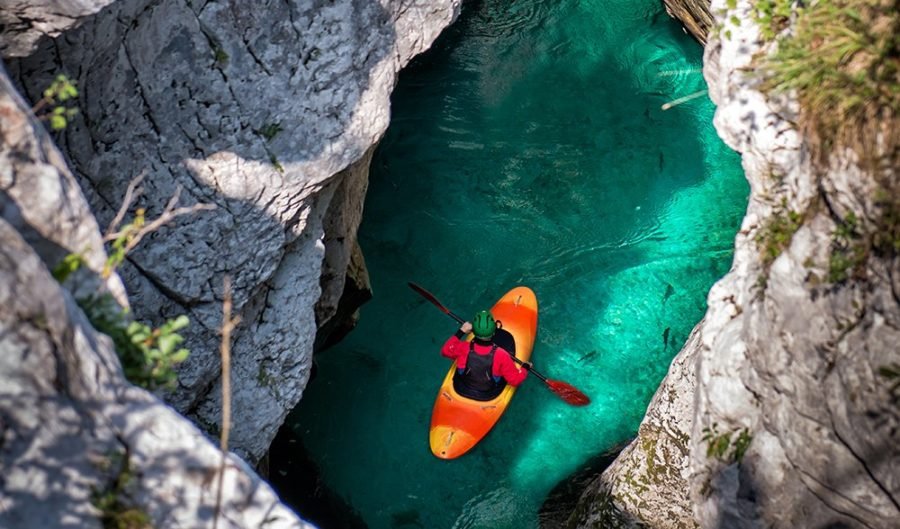Guide to river kayaking

River Kayak
We’ve all seen them: those crazy paddlers launching themselves off high waterfalls in what seem like incredibly small watercraft, These craft – river/whitewater kayaks – occupy the “fun” side of river paddling. Tough and highly manoeuvrable, the river kayak – in its various forms – is quite versatile.
A river kayak can be used for anything from a cruisey float along a river, through to an adrenalin-infused run of Grade VI rapids (the International Scale of River Difficulty is used to rate the safety level of sections of water. It tops out at VI for “runnable” sections of water in a whitewater kayak.).
As with canoes, the types of river kayak can be broken into sub-categories, such as river-running/touring, and creeking and playboating.
The type of paddling you do in your kayak will govern the model type you select. Due to the often-rugged conditions river kayaks are used in, durability of construction is paramount. Plastic (polyethylene) is the most popular material used by manufacturers, due to its toughness and flexibility, but you will also find fibreglass river kayaks, which tend to be longer in length and aimed more at general river running.
The attraction of fibreglass is its ease of repair if you do ding/hole your craft. Punch a hole in your plastic playboat and it’s pretty much finished.
A river running kayak is the equivalent of a touring canoe or sea kayak: it is designed as an all-rounder and will be longer than a whitewater variant, with more stability and a higher storage capacity to allow for longer, multi-day journeys.
A sub-variant of the general river-runner is the creek boat, which has a more rounded bow and stern (front and rear) and a higher volume for additional floatation (which aids safety; a larger displacement means the craft will “pop up” more quickly if pinned or submerged).
The aptly named playboat is designed for mucking around in small section of rapids. These kayaks are the shortest and are designed to “bounce” off the rapids’ waves and surf in the trough of the wave.
These – like the whitewater canoe – are highly specialised craft, suited to a highly specialised, and experienced, paddler.
Ocean Ski
For a fast blast along the coast, an ocean ski is hard to beat. Designed for one thing – to allow paddlers to cross sections of coastal/open ocean as fast as possible – the ocean ski looks like the bastard child of a sit-on-top sea kayak and a surf ski, but is ultra-effective.
To maximise speed, an ocean ski is long and narrow; beginners will get used to falling out as they endeavour to master the balance and develop the core strength needed to ensure they stay upright. Ocean ski manufacturers have recognised the value of making the sport more accessible and new models, featuring a wider cockpit, are now available.
Like all watercraft, construction materials vary; fibreglass, carbon and Kevlar are all used, with the exotic materials commanding higher prices.
In recent years, ocean skis have also morphed into touring watercraft – some have been used to cross Bass Strait.
If designers could retain the ocean ski’s speed, combined with a modicum of the sea kayak’s load-lugging capability, then you would have the perfect ocean-touring craft. Fingers crossed…

